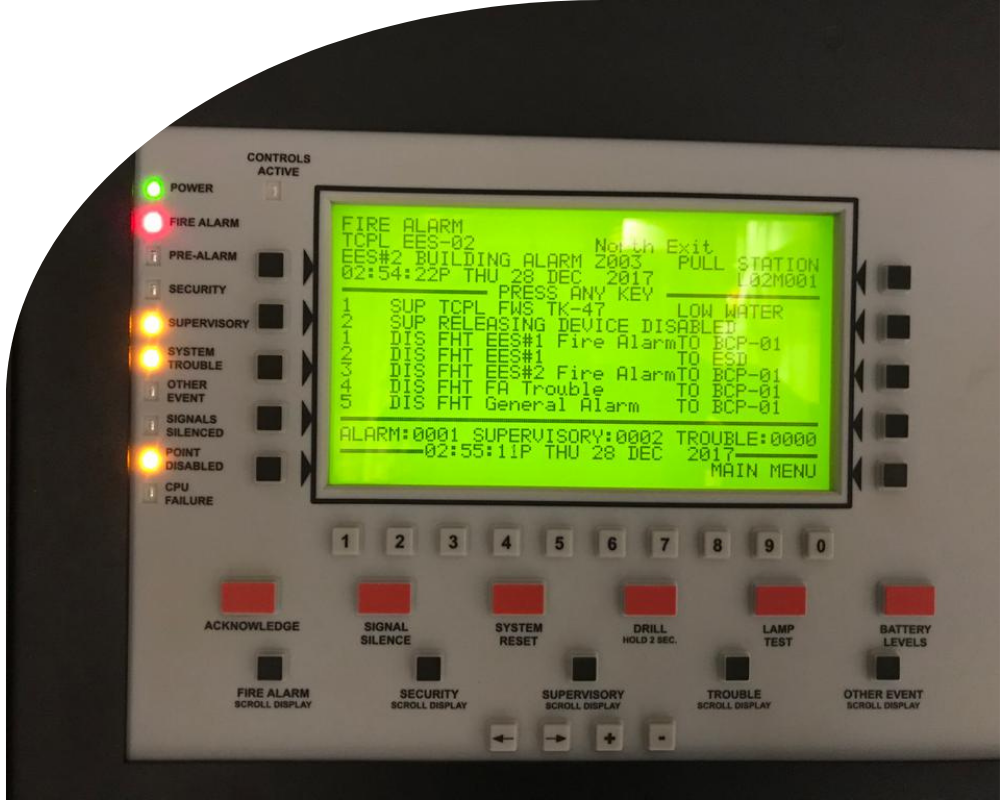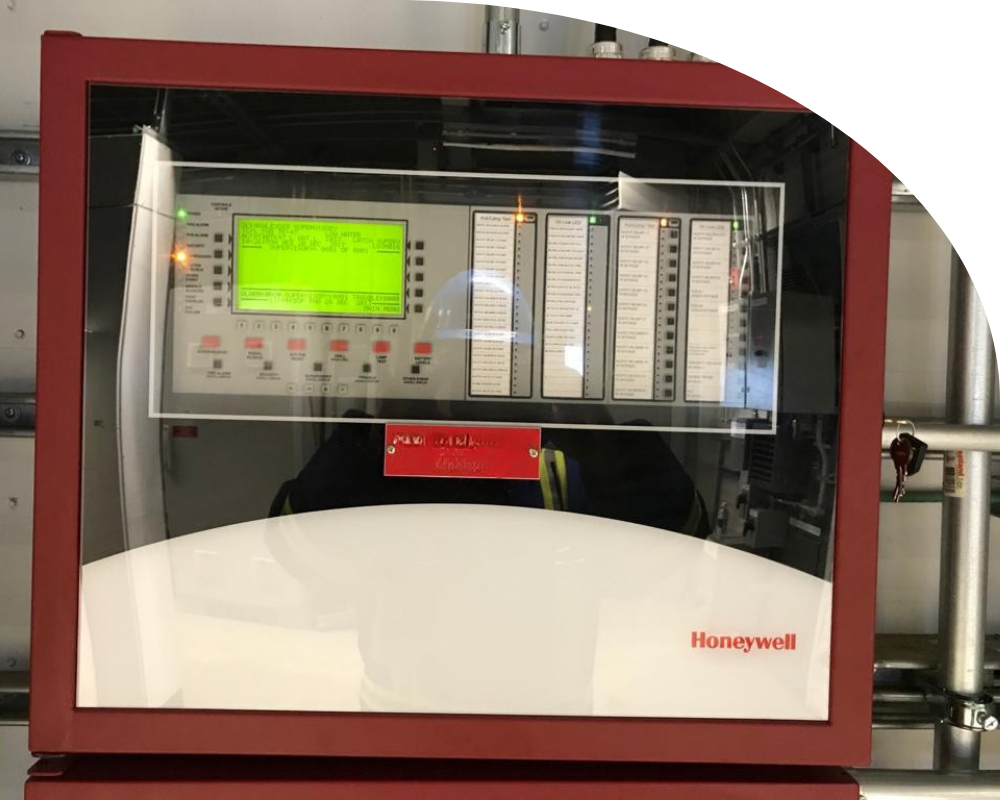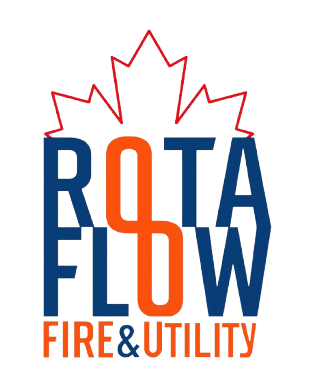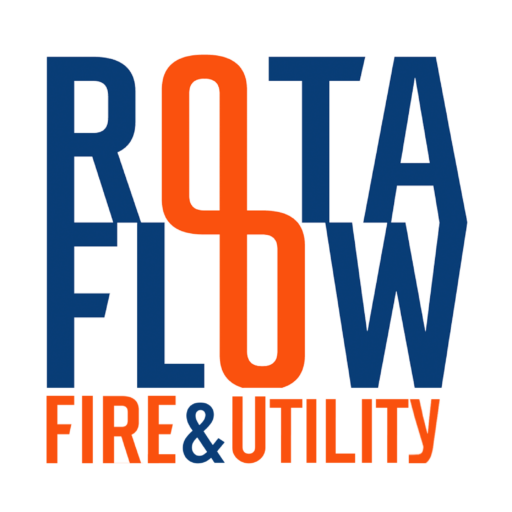CAN/ULC-S537 Fire Alarm System Verification and Testing
CAN/ULC-S537 is a key Canadian standard that governs the verification of fire alarm systems, ensuring they are properly installed, operational, and effective across various building types—residential, commercial, industrial, and institutional. Compliance with this standard is essential not only for meeting regulatory requirements but also for enhancing life safety and reducing risk. A validated system ensures early detection of fire, smoke, or heat, enabling faster evacuation and emergency response. Additionally, many insurance providers require verification reports, and Authorities Having Jurisdiction (AHJs) often mandate compliant documentation for occupancy permits or system acceptance.
Verification under CAN/ULC-S537 is required in several scenarios, including:
- New fire alarm system installations
- Addition of new components to existing systems
- Relocation of existing equipment
- Major changes to system circuits or controllers
- Upgrades involving addressable components
- Any modification affecting response time or signal flow
In all cases, verification must be completed before the system is handed over to the building owner or operator. Rotaflow Fire & Utility, a fully accredited provider serving Edmonton, Calgary, Fort McMurray, and Western Canada, offers end-to-end fire alarm services—from design and installation to maintenance and CAN/ULC-S537 testing—ensuring full compliance and peace of mind.


Rotaflow’s Approach to CAN/ULC-S537 Testing and Regulatory Assurance
At Rotaflow, CAN/ULC-S537 testing is conducted through a structured and fully documented process to ensure fire alarm systems meet Canadian compliance standards. The verification begins with a visual assessment to confirm that all devices are properly installed, labeled, and unobstructed. This is followed by functional testing of components such as control panels, smoke and heat detectors, manual pull stations, and alert appliances. The system’s ability to transmit signals—including alarms and trouble conditions—is then verified for accuracy and timeliness. Visibility and audibility tests ensure alarms meet minimum decibel levels and visual intensity standards as per NFPA 72 and local codes. Power supply testing checks the reliability of batteries and generators during outages. Finally, all findings are recorded on ULC-compliant forms, and a signed verification certificate is issued to the building owner and the Authority Having Jurisdiction (AHJ).
Compliance with CAN/ULC-S537 is not optional in many jurisdictions. Local building codes and fire regulations often require verified fire alarm systems before occupancy is granted. Failure to comply can result in:
- Delays in obtaining occupancy permits
- Regulatory fines or penalties
- Increased liability in the event of a fire
- Denied or limited insurance claims
Rotaflow supports clients across Alberta by guiding them through legal requirements, ensuring full compliance with provincial and local fire safety standards, and assisting with the submission of all necessary documentation.
Fire alarm inspection and maintenance.
Partnering with Rotaflow for CAN/ULC-S537 fire alarm verification will help you to guarantee that your building is completely compliant, safe, and ready for occupancy. Rotaflow offers public, commercial, and industrial buildings thorough fire protection services.
Contact Us
Please note that all forms and emails will be replied to within 24 hours. For immediate assistance, call 780-469-1220.

